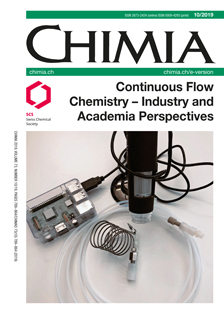The Current Dietary Risk Assessment of Chemicals in Food Underestimates the Actual Risk
DOI:
https://doi.org/10.2533/chimia.2019.832PMID:
31645245Keywords:
Adi, Noael, Short-term exposure, Toxicity thresholdAbstract
Dietary risk assessments (DRA) help determine safe exposure levels of toxic substances in food. Of these, Acceptable Daily Intake (ADI), derived from No Observed Adverse Effect Levels (NOAEL) of long-term toxicity studies, is compared to exposure estimates using lifetime-averaged food intakes. These estimates ignore intermittent high exposures exceeding the ADI; toxic effects of such exposures are considered irrelevant, on the assumption that toxic potency increases with exposure duration, which would be reflected by decreasing NOAELs. However, our statistical analysis of thousands of animal toxicology studies shows that NOAELs after short- and long-term exposure are similar if study design factors are considered. Thus, the short- and long-term potency effects of chemicals are similar. Hence, a short-term toxic effect is generally ignored in current DRA. It accounts for lifetime-averaged but not intermittent high food intakes and, therefore, must be revised. Additionally, there is no added value of long-term studies for ADI derivation.Downloads
Published
2019-10-30
Issue
Section
Note
License
Copyright (c) 2019 Swiss Chemical Society

This work is licensed under a Creative Commons Attribution-NonCommercial 4.0 International License.
How to Cite
[1]
Chimia 2019, 73, 832, DOI: 10.2533/chimia.2019.832.







